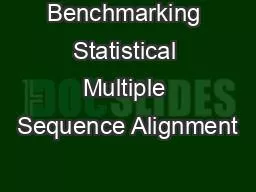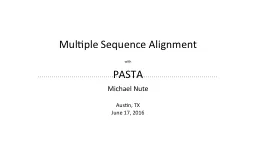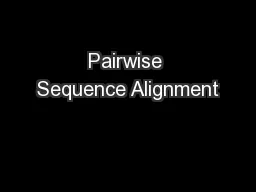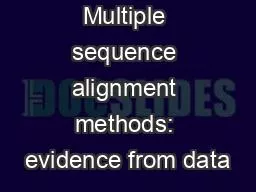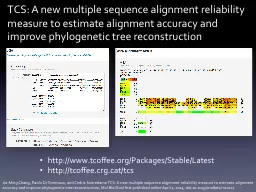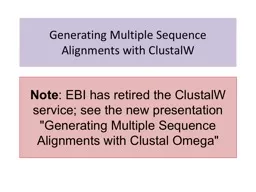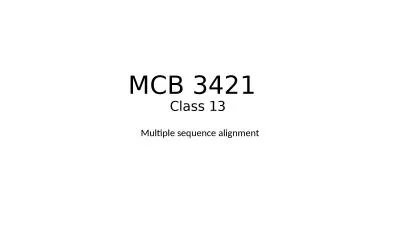PPT-Benchmarking Statistical Multiple Sequence Alignment
Author : iainnoli | Published Date : 2020-08-28
Tandy Warnow Joint with Mike Nute and Ehsan Saleh https wwwbiorxivorg contentearly20180420304659 Performance Study on bioRxiv Goal Evaluate BaliPhy Redelings
Presentation Embed Code
Download Presentation
Download Presentation The PPT/PDF document "Benchmarking Statistical Multiple Sequen..." is the property of its rightful owner. Permission is granted to download and print the materials on this website for personal, non-commercial use only, and to display it on your personal computer provided you do not modify the materials and that you retain all copyright notices contained in the materials. By downloading content from our website, you accept the terms of this agreement.
Benchmarking Statistical Multiple Sequence Alignment: Transcript
Download Rules Of Document
"Benchmarking Statistical Multiple Sequence Alignment"The content belongs to its owner. You may download and print it for personal use, without modification, and keep all copyright notices. By downloading, you agree to these terms.
Related Documents

